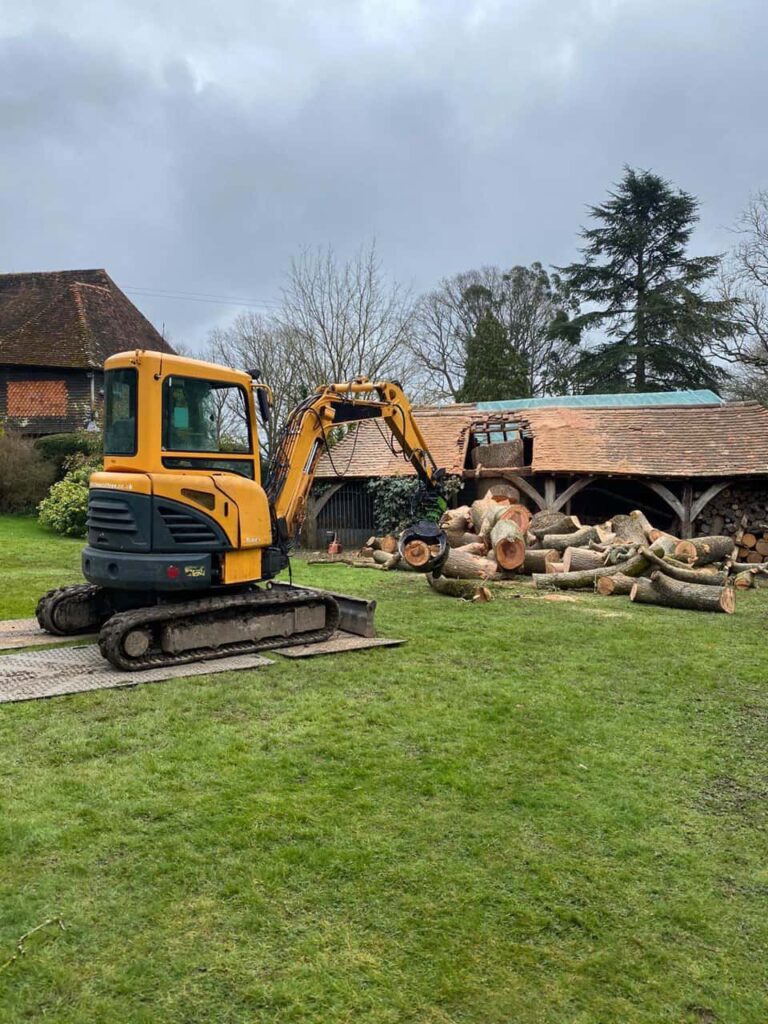Tree Reshaping Myths Debunked: Separating Fact from Fiction
Introduction: Tree reshaping is a critical aspect of tree care and landscaping, yet it often comes with misconceptions and myths. These myths can lead to misunderstandings and potentially harm the health of your trees if followed. In this blog post, Rothwell Tree Surgeons will debunk some common tree-reshaping myths, providing accurate information to help you make informed decisions about your trees.
Myth #1: Pruning Can Be Done Anytime
Fact: While some pruning can be done throughout the year, the timing of tree reshaping is crucial. The best time to prune depends on the type of tree, its age, and your specific goals. For most trees, late winter or early spring, during their dormant period, is the optimal time for pruning. Pruning during this period minimises stress and reduces the risk of disease transmission.
Myth #2: Topping Trees Is an Effective Way to Control Their Size
Fact: Topping, the practice of indiscriminately cutting the tops of trees, is one of the most damaging practices and should be avoided. It weakens the tree, leads to rapid regrowth of weak branches, and makes it more susceptible to diseases and pests. Instead, proper crown reduction or thinning techniques should be employed by certified arborists to control the tree’s size while maintaining its health and aesthetics.
Myth #3: Trees Can Heal Their Wounds
Fact: Trees do not “heal” in the way humans do. They compartmentalise wounds by forming callus tissue, but the damaged area will never fully recover. Proper pruning cuts and techniques can minimise damage and help the tree compartmentalise the wound effectively. Poor pruning practices, on the other hand, can lead to long-term health issues for the tree.
Myth #4: All Trees Need Regular Pruning
Fact: Not all trees require regular pruning. The need for pruning depends on factors such as tree species, age, health, location, and landscaping goals. Over-pruning can be detrimental to the tree’s health. It’s essential to consult with a certified arborist to determine the appropriate pruning schedule for your specific trees.
Myth #5: Leaving a Stump in the Ground Won’t Harm the Tree
Fact: Leaving a tree stump in the ground after removing a tree can have negative consequences. The stump can host diseases, pests, and fungi that can spread to nearby trees. Additionally, the stump may continue to sprout new growth, which can be challenging to manage and aesthetically undesirable.
Myth #6: DIY Tree Reshaping Is as Effective as Professional Services
Fact: Tree reshaping requires knowledge, experience, and the right tools. Attempting tree reshaping without proper training can lead to unintended damage, harm the tree’s health, and pose safety risks. Certified arborists have the expertise to reshape trees safely and effectively while ensuring long-term health.
Conclusion: Tree reshaping myths can lead to misconceptions and potentially harmful practices. It’s crucial to rely on accurate information and seek professional guidance regarding tree care and reshaping. Consulting with certified arborists ensures that your trees receive the proper care they need, promoting their health and longevity while enhancing their beauty and safety.
Call us on: 01536 903 994
Click here to find out more about Rothwell Tree Surgeons
Click here to complete our contact form and see how we can help with your tree’s needs.

